From classical and jazz, to rock and metal, women have played a bigger role than our “official” musical histories would have you believe. Some of the major stars of the 1920's and ‘30’s were women, but after the Second World War they were retro-actively erased from official accounts of the time. Many of them were members of ethnic minorities, which just compounded the problem.
Some of these women led bands featuring male musicians who went on to become big stars. Those stars then re-released the music of their former bands under their own names (the first story below gives more detail.) The inventor of rock and roll was a woman, and it took decades following her death for her to be recognized as such.
In the modern era, supposedly progressive media like Rolling Stone actively discounted the importance of women in music. It’s founder and publisher said that women and Black people were incapable of writing anything with philosophical depth. He was, unfortunately, also a major influence on the Rock and Roll Hall of Fame.
Today, our government is systematically erasing the official historical records of contributions by women to our military, aeronautics, space science, medical science, the arts and more. Contributions by Blacks, Asians and other minorities are being erased as well.
The pretext is that all such mentions are nothing more than “DEI” run amok. In other words, such people can’t actually have made real contributions. Mentioning them is apparently just a form of affirmative action, sort of like a golf handicap for the undeserving.
I have been asked why so much of my writing is about women in music. After all, I’m a dude, so why should I care? All you need to understand is that women, who make up more than 50% of the human population, are still functionally the underdog. As John Lennon and Yoko Ono sang, “Woman is the N***** of the World”.
Well, I was an underdog all my life, a hopelessly un-athletic multi-racial mutt who was often threatened for stepping out of line. (Talking with “popular” girls was a particularly fraught transgression.) So I identify with people who have to fight twice as hard to get anywhere.
Still, none of this would matter for purposes of my column if women were not actually making great music, wonderful music, beautiful music. I was not drawn to focus on women artists for political reasons. I was drawn in by artists like Tina Turner, Chrissie Hynde, Gail Ann Dorsey, Patricia Janečková, Nightwish, Band-Maid and so many more whose music moves me. They are simply great, and stand among the greatest of their respective eras.
Focusing on music by women has not been a sacrifice. On the contrary, it feels like membership in a small but privileged club. This is especially true for genres of music that have traditionally been reserved for men. We are united in the secret knowledge that we are onto some of the most amazing, creative stuff of then and now.
“How is this a secret?” you may ask. After all, Taylor Swift, Beyonce, etc. So to be clear: Women have broken through in the singer-songwriter lane, and the biggest pop stars today are women. That is the good news, and yes, it is good news.
But women as composers, arrangers, producers, mixers or engineers; or as designers and players of instruments, are still considered a rarity. It is those roles which have been systematically denied to women by the music industry and media.
Yet, it turns out that there are lots of women doing those things — they just need and deserve more visibility. Some of my personal favorites include women who play the electric guitar, the best of whom are now setting the bar for everyone, male or female. Then there is the Japanese movie-score composer who may be the greatest of this generation.
The following is Part I of my collection of previous articles featuring women in music. It’s heavy on rock and metal, but there’s all kinds of stuff here. I’ve written bits on classical, jazz, fusion, and more exotic fare.
Here is where the invitation comes in: I know some of my fellow writers are working on or considering projects relating to women in music. I’m thinking in particular of
; ; . I know there are more of you out there.I invite you to use this and Parts II ff. (still being curated) as a resource. I don’t want compensation. Likes, engagement and an acknowledgement if you use any of my material are all I ask.
Why am I doing this? Simple: I don’t need to make money off substack, nor do I seek personal notoriety. I just want to raise awareness of music and musicians who deserve more recognition. If you can do a better job of it, and I can help, that is reward enough.
And if you are not a writer, I hope you enjoy browsing through this list. Let me know if you find any surprising new favorites!
(Note: Most of these links are to substack articles, but a few are to my other column on Medium.)
Album of the Month Club: Sunday, December 11, 4 pm EST
Women and the Origins of Rockmedium.com
Kicking The Doors Down: Suzi Quatro
Early rock musicians and their fans liked to think of themselves as wild and rebellious. Still, in one fundamental way…medium.com
Chrissie Hynde and the Pretenders, Part 2: Doing It Her Way
Chrissie Hynde grew up in a middle-class family in Ohio, close to Akron. In interviews and her autobiography, she…medium.com
Please subscribe if you want to be alerted to Parts II ff. (It’s free.)
Thank you!

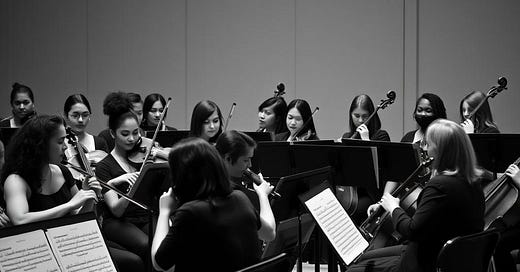


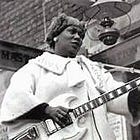
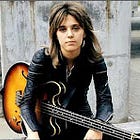
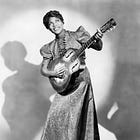
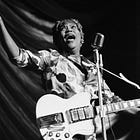


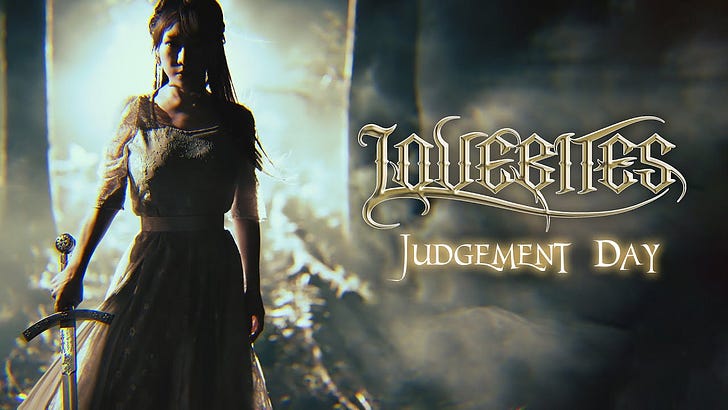
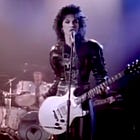

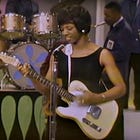

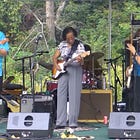

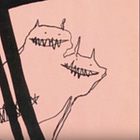


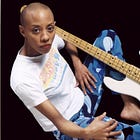


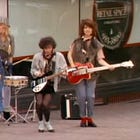
This is amazing! Here I go down the rock n' roll rabbit hole
Oh wow, Charles, I look forward to going through these posts. It's such perfect timing as I'm starting my Women in Rock series later this week. I can already see the names of some women I intend to cover, so that is fantastic. Of course I'll happily link to the posts I reference and use as source material. Thanks for this wonderful and timely gift!